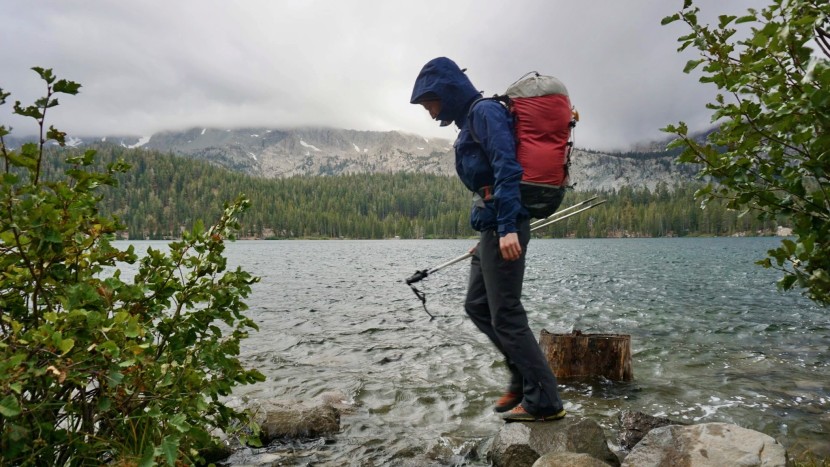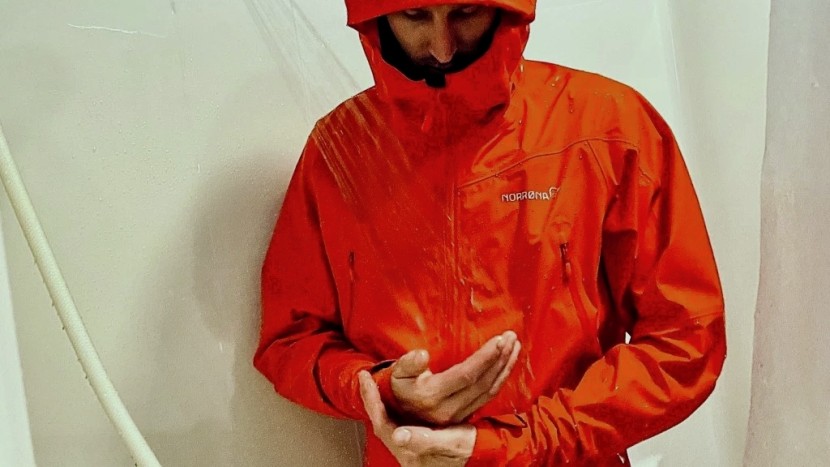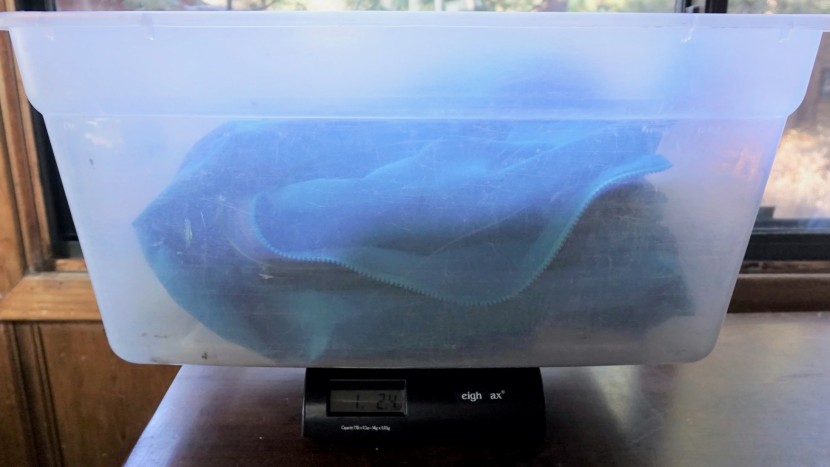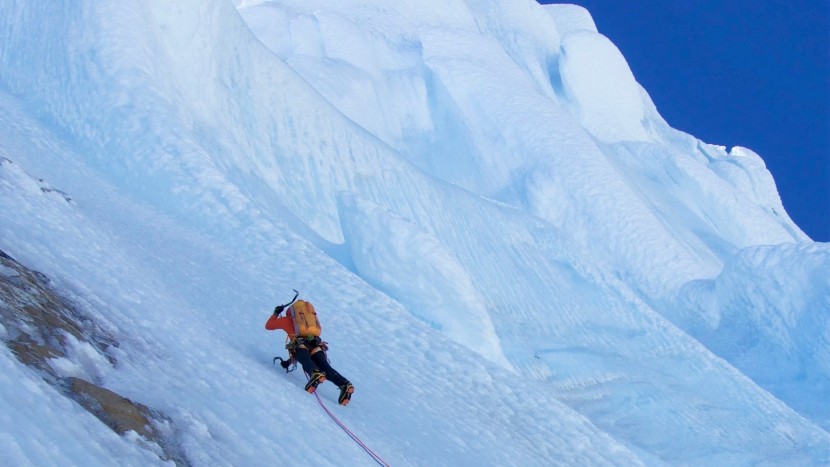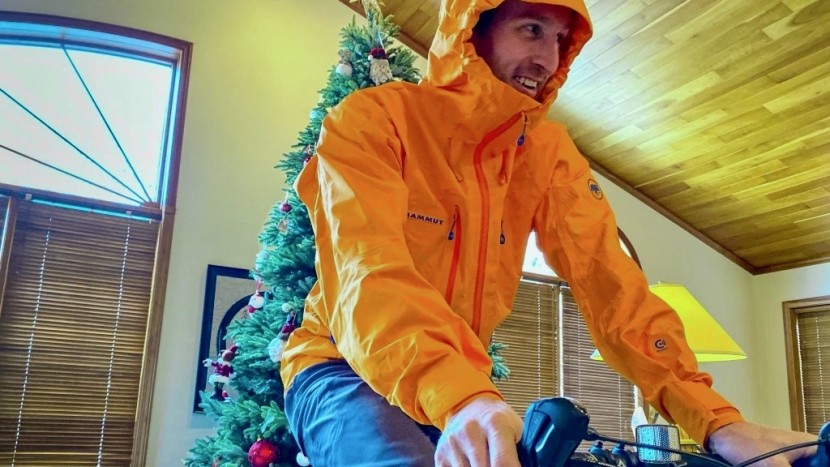OutdoorGearLab has tested hardshell jackets for over a decade now. The information found in this review is not one season's worth of testing but rather a culmination of all of the testing and knowledge that we have gained over the years. We have now tested over 60 different jackets and have been on top of all the changes in design and materials that have taken place during that time. In short, the hardshell jacket review found here is not just comprehensive in its breadth of this year's models, but complete in the scope of the entire hardshell jacket market for the past half-decade.
The majority of our testing took place in the field; this meant wearing and using jackets on mountain adventures. Most of the jackets were tested over a three-month period during late fall and early winter in the San Juan Mountains of Colorado, the Columbia Mountains of British Columbia, and California's High Sierra. The activities we enjoyed in each of these jackets included ice climbing, backcountry skiing, resort skiing, and hiking, as well as regular everyday use around town, such as shoveling the driveway. Multiple people used each of these jackets and gave their opinions on their performance. While field-testing formed the basis of our knowledge and ideas about these jackets, to more accurately compare jackets side-by-side, we also devised and conducted numerous controlled tests for each metric, described below.
Weather Protection
The majority of this testing took place on our adventures in wintry mountains, so to simulate their performance in a hard downpour, we conducted the shower test. We put on each jacket, zipped it up, donned the hood, and stood underneath the shower for at least three minutes to test how the jacket held up in a serious rainstorm. We also conducted the test with a helmet underneath the hood. This test gave us the best information about the efficacy and durability of a jacket's DWR coating, and more importantly, the performance of the hood, collar, and wrist cuffs.
Weight
To determine a jacket's weight, we weighed it on our independent scale immediately upon arrival, before it had a chance to get wet or dirty. We ignored what manufacturers claimed the weight to be and reported ounces for a size large.
Mobility & Fit
To accurately compare fit, we wore each jacket one after the other with the same base and thin insulating layer on underneath. We also examined their fit while wearing a helmet, backpack, or climbing harness, both with a helmet. During these tests, we recorded careful notices about the length of the sleeves, the rise of the hem, and comfort of the hood. The majority of our testing for mobility took place in the field on our adventures.
Venting & Breathability
This metric was mostly tested while on the skin track on backcountry skiing days by wearing our hardshell for the entire uphill, even if we felt too hot to be doing so. For a more accurate comparative test, however, we took these jackets to the local gym and conducted the stationary bike test. For this analysis, we wore a Capilene base layer beneath each hardshell jacket. We spent 15 minutes warming up to a sweaty state and then wore each contender one after the other as we pedaled on the bike.
We maintained a sweat-inducing heart rate of 130 throughout and wore each jacket fully zipped up with the hem drawcords tightened for five minutes of riding to compare breathability, then immediately opened all available vents and rode another two minutes to judge the ventilation effect. The results were impossible to quantify but were anecdotally useful, and we immediately kept notes about the performance of each jacket. In general, we weighted the ability to ventilate as the more important aspect of this metric, as we have found this to be a far more comfortable way of staying dry than relying on the fabric to breathe.
Features & Design
Testing of a jacket's features mostly took place in the field. First, we identified all of the various features present on each jacket, and then made a concerted effort while out adventuring to test and notice how each feature worked. We gave preference to optimally functioning features over pure quantity. We also considered what a jacket's advertised use was and how well that matched up with its overall design.

